The Hasselblad X1D 50C and X1D II 50C helped to redefine the paradigm of medium format, putting a large sensor inside a sleek, small body. Now, the X2D 100C is here, and not only does it double the resolution of its predecessors, it brings with it a bevy of impressive improvements and new features. In this review, we take a look at the camera and what you can expect.
I got to use the X1D 50C for an afternoon a few years ago, and while I absolutely loved having a medium format sensor in such a compact body and the gorgeous files it produced, I found it a frustrating camera to use, with a difficultly slow interface and performance. So, when I got the chance to use the X2D 100C, I was hoping for that same standard of image quality and those beautiful Hasselblad colors, but in a faster package. You can read on for more, but if you want the one-line summary: the camera delivers.
Specs and Design
- 100-megapixel back-side illuminated (BSI) (43.8 × 32.9 mm) CMOS sensor
- Up to 15 stops of dynamic range
- 16-bit color
- ISO range: 64-25,600
- Hasselblad Natural Colour Solution
- 5-axis, 7-stop in-body image stabilization system
- 294 phase detection autofocus zones
- Built-in 1 TB SSD and CFexpress Type B card slot for faster burst rates, up to 3.3 fps in 14-bit
- 0.5-inch OLED electronic viewfinder with 5.76-million dots with 1.0x magnification and 60 fps refresh rate
- 1.08-inch color top display
- 2.36-megapixel, 3.6-inch tilting rear touchscreen
- 420-shot battery life
- PD 3.0 fast charging
-
802.11b/a/g/n/ac/ax, Wi-Fi with 2×2 MIMO
Of course, the headline feature is that 100-megapixel medium format sensor with 16-bit color, and as you'll see, it doesn't disappoint, delivering spectacularly detailed files with gorgeous color. They're the kind of files that make you want to shoot even the most mundane subjects, because you know you'll get uniquely eye-catching renderings.
Beyond that, Hasselblad added a range of other improvements and new features. There is the 7-stop image stabilization system, which performed remarkably well. I didn't use a tripod once in my month with the camera, and every file came out crisp and sharp. The autofocus system gets almost triple the available zones plus a bump to phase detection, which makes it noticeably faster. Fast Wi-Fi allows for quick file transfers, and the PD 3.0 fast charging is an excellent quality-of-life feature. In fact, I never once removed the battery; I simply topped it up while I pulled files from the internal SSD over USB.
Speaking of that 1 TB SSD, it's a wonderful addition. This is something I've been clamoring for from camera manufacturers for years, and it doesn't disappoint here. I never had to open the camera once to transfer images from a card, and performance was blazingly fast. I hope more manufacturers start implementing this along with fast-charging, because after charging the camera and transferring images over USB, I never want to go back to memory cards and battery chargers again.
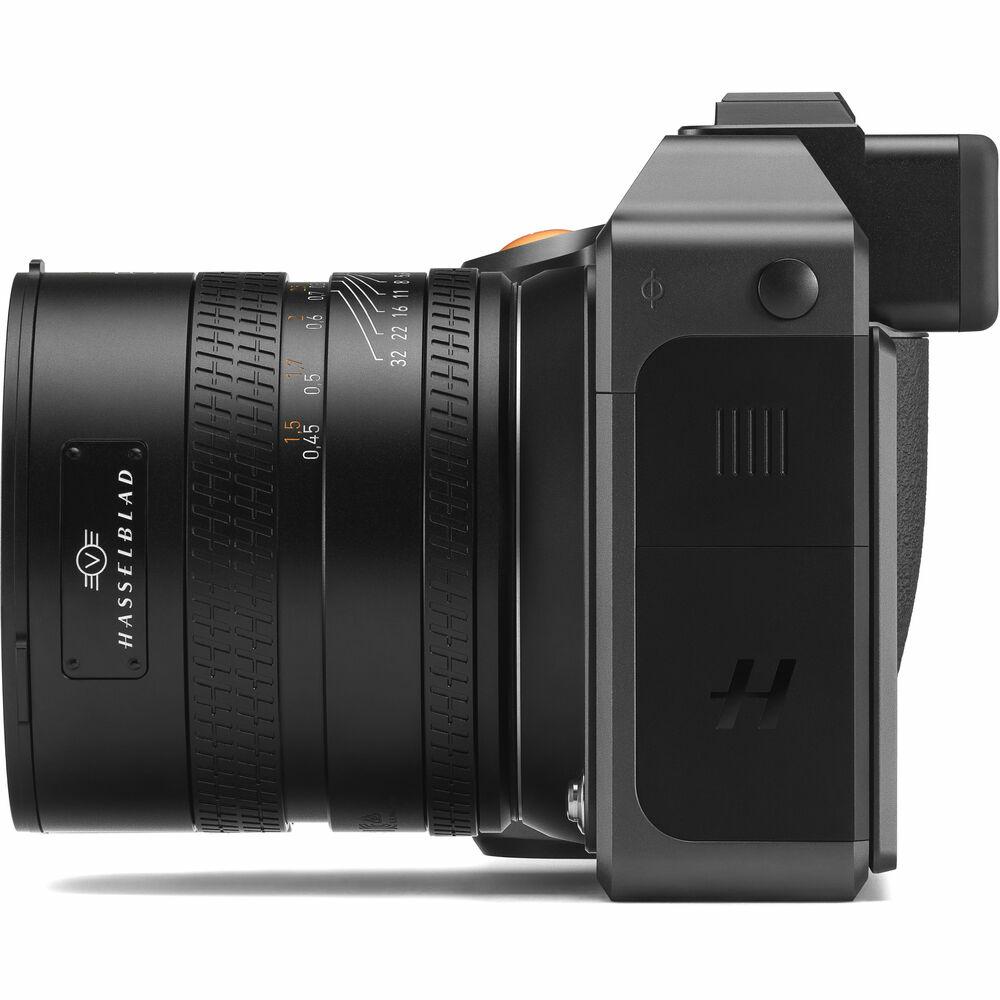
Slide this door open, and you can quickly transfer files and charge the camera.
Aesthetically speaking, it maintains the attractive look of its predecessors. The body is just slightly larger and heavier than the X1D models, but at 31.6 oz (895 g), it's still remarkably portable. For reference, that's only 35% heavier than a Sony a7R IV and only 21% heavier than a Canon EOS R5, yet the camera feels very solid and durable. The dark gray finish is modern and attractive and pairs well with the new lenses, which are equally compact.

The color top display is quite roomy and contains all the normal information you would expect, including exposure settings, camera mode, remaining memory capacity, and battery life. When you plug in the camera to charge, it displays the current battery percentage automatically, a nice touch.
Buttons and dials are well placed and intuitive, and I found myself very quickly adapting to the layout to the point I could use my camera without taking my eye away from the viewfinder. The shutter button has very satisfying travel and feedback, as do other buttons, and the dials are easy to find with your thumb and fingers. In between the grip and the button placement, it's clear Hasselblad carefully considered the exact dimensions to ensure usage would feel natural and intuitive.
Let's talk about that electronic viewfinder, which is probably the best I have used. First, it employs OLED, allowing for infinite contrast ratios. That's backed up by 5.76 million dots of resolution and a 60 fps rate. But really, the best part is that whopping 1.0x magnification, which is unusually large and makes for a fantastic shooting experience. If you are someone who likes to shoot with both eyes open, it means the viewfinder image and what your other eye see are generally going to be close in size, making it easier to make compositional decisions and move with the camera without becoming disoriented.
Let's turn our attention to the touchscreen. It is both accurate and responsive. As we're so used to the top-notch touchscreens in smartphones, I often find camera touchscreens, which tend to be a bit less responsive, to be a bit annoying to use, but not so here. In addition, it's simply a nice screen, making it easy to review images and manage settings.
Interface and Usability

I really love the interface. It's incredibly straightforward and ensures that you are never lost in a menu instead of in the creative process. Straight out of the box, I was able to find everything I needed instantly. You can tell Hasselblad put a lot of thought into making everything obvious and accessible. Yes, there is less customization than some other cameras, but what is there is laid out in a very logical and easy-to-navigate manner.
A new addition to the X2D 100C is the articulating rear screen, which can tilt to 40 and 70 degrees for low compositions. That's always nice to have, as it means you can avoid laying on the ground to get a dramatic shot from a low perspective, and I found myself using it a few times.
Lastly, it is worth mentioning that the overall experience with the camera is simply faster. With the original X1D, I would sometimes miss shots because the camera would randomly freeze for a second after I pressed the shutter, navigating through things was choppy, and the overall experience just felt laggy. Not so here. The X2D 100C has plenty of power both for normal usage and for handling those massive files, easily zooming in to check focus without delay.
Performance
Autofocus
This is another area that has seen a major improvement. Hasselblad opted for a phase detection system this time around, and the performance difference is notable. I found it much easier to achieve focus quickly enough that it didn't impede my workflow than with the X1D. Accuracy is spot-on as well. In my time with the camera, it didn't miss any shots.
As you can see, even with my fidgety puggle and a wide aperture, I could achieve critical focus. (55mm, 1/125 s, f/3.4, ISO 400)
On the other hand, the autofocus system is overly simple at the moment. I say at the moment because Hasselblad does have plans to introduce features like eye autofocus and tracking, but at the moment, you're limited to a very simple system with a few point/area sizes and tracking or single-shot. Of course, people shooting with a medium format camera that tops out at 3.3 fps are probably not the type that will need ultra-advanced autofocus tracking features, but features like eye autofocus will certainly be nice to have. In the meantime, what is there works well, however.
Stabilization

38mm, 0.7 s, f/7.1, ISO 800
On paper, a Hasselblad's 5-axis, 7-stop in-body image stabilization puts it among the best in the industry, and that's important, because with 100 megapixels, even the tiniest camera shake will be visible. In practice, it works really well. In the month I spent with the camera, I chose to never use a tripod, and not once did I experience camera shake, and I really pushed the camera in a few cases. For example, the fireworks shot above was shot with a shutter speed of 0.7 s, and it is perfectly sharp. In fact, I took a series of 10 shots at that shutter speed, and all of them came out sharp. That's mighty impressive.
Battery Life
Hasselblad rates the X2D 100C at 420 shots per charge, and that matched my experience. During an afternoon outing that included 162 shots with plenty of reviewing on the back screen, I used 34% of the battery, equating to a 476-shot battery life. For a mirrorless medium format camera, that's quite respectable. Furthermore, with PD 3.0 fast charging, all it took was a quick top-off, and I was good to go again. You might want to carry an extra battery, but for the way most people use medium format cameras, one battery should be enough.
Image Quality
This is what you're probably here for, of course, and the news is good: the X2D 100C produces files that are overflowing with detail, have plenty of room to be pushed in post-processing, and offer absolutely gorgeous colors, particularly when you are shooting in 16-bit. I found myself pointing the camera at kind of mundane subjects that I would normally never pay attention to simply because I enjoyed the colors and details so much. And speaking of details, with 100 megapixels, there is plenty of room to spare.
55mm, 1/250 s, f/6.3, ISO 64
Ever seen a Pollock this close? (38mm, 1/45 s, f/4, ISO 1,600)
That extra resolution is about more than just making gigantic prints or providing clients with ultra-high levels of detail. It also makes files far more versatile by allowing you to crop in and create multiple compositions in post while still maintaining plenty of resolution.
Tonality and color transitions are natural and particularly smooth. As mentioned, there is also plenty of post-processing latitude as well. For example, in the fireworks shot above, the shadows well pulled up about two stops and held together remarkably well, with very little visible noise.
Conclusion
What I Liked
- Incredible detail and dynamic range
- Beautiful colors
- Effective in-body image stabilization
- Highly improved autofocus
- Intuitive interface
- Built-in 1 TB SSD
- PD 3.0 fast charging
- The best electronic viewfinder I've ever used
- Leaf shutter lenses
- Attractive design
- Quite portable
What I Didn't Like
- No GPS
- Limited autofocus customization
Purchase
There is a lot to like about the Hasselblad X2D 100C. Hasselblad clearly listened to user feedback about the X1D models and made major improvements in tandem with upgrades like doubling the resolution and adding in-body image stabilization. Altogether, it makes for a sleek, responsive experience that includes everything you need and nothing you don't, making it easy to focus on image-making. And when it comes to those photos, they're gorgeous, full of detail, dynamic range, and gorgeous colors. You can purchase the Hasselblad X2D 100C here.

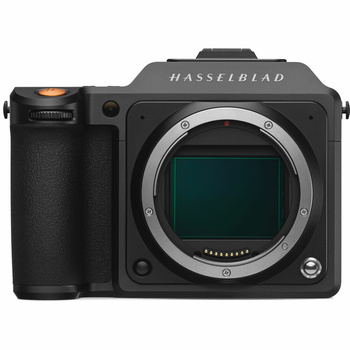
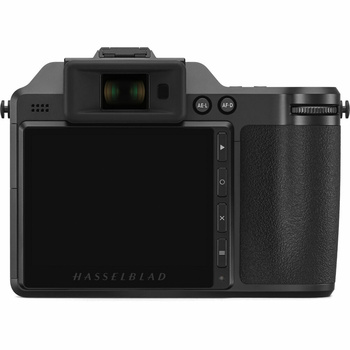
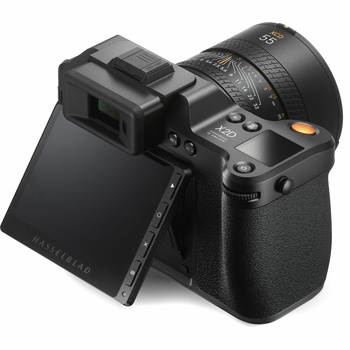
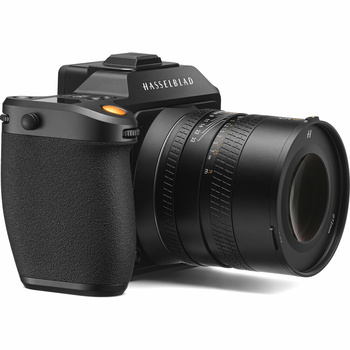
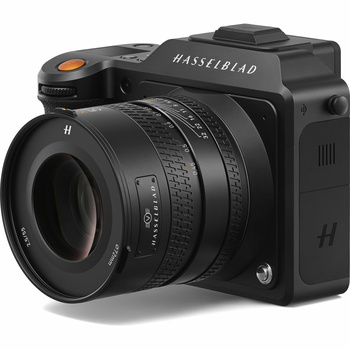
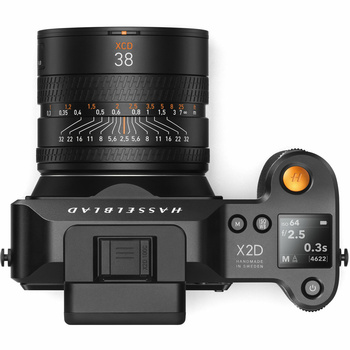




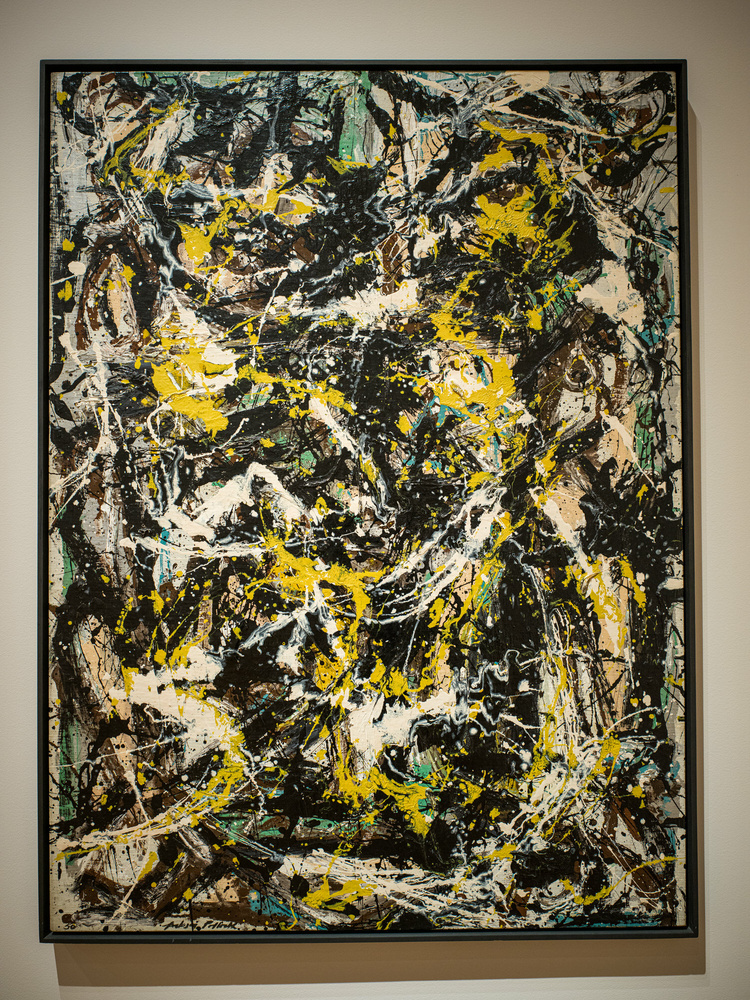




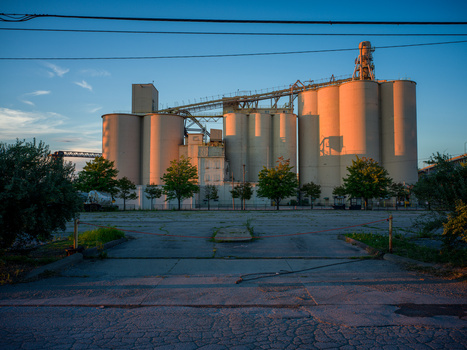
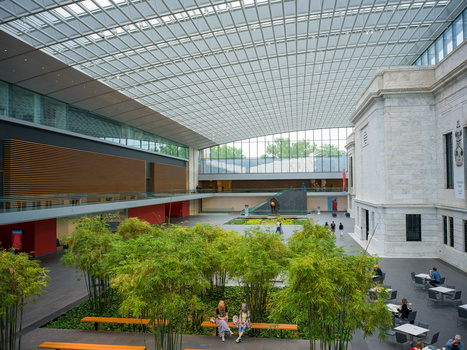
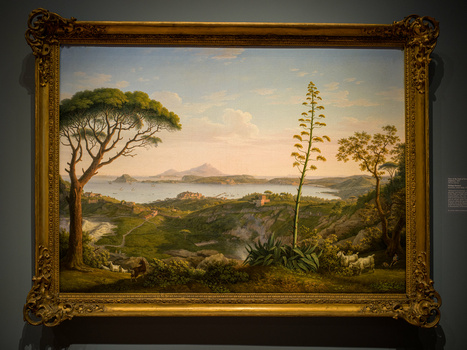
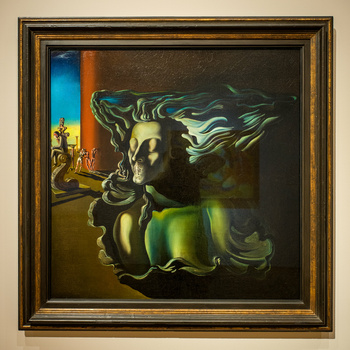








I don't have this camera, but seems like a much improved X1D mk2 with a higher resolution. Currently use GFX100s but considering this camera for commercial work. Body is reasonable price, but their new 3 lenses are pretty expensive.
I would like to see a joystick for refined movement of the AF point, especially when alternating between landscape and portrait modes, say for product shoots. I would expect touch screen would be difficult for refined AF point movement given the width of finger can cover up several points. And so you end up using the front and rear dials, which don't auto adjust for different camera orientation. Joystick would also be helpful when using the EVF, rather than using the bottom right of the touch screen with your thumb.
For photographers shooting portrait, am sure face and eye detect is a must.
At least the Phocus software is free, with use of the ipad as well.
Basic video recording would have been useful for some. But I guess most ppl could use their phones.
I believe no live view histogram in the EVF? So shoot first and then review the histogram to see if blown out or underexposed? Most current MILC have live view EVF.
Going from 50 to 100 megapixels is doubling the pixel count, but it is NOT doubling the resolution. An article published on Fstoppers really should understand the difference.
I will buy this camera when they update to the following, Focus-Stacking, Focus Peaking, the Ability to have a wireless remote and a ac power adapter.
Focus stacking in camera isn't going to happen. Your phone is your remote & ac power is via the USB port. We might see peaking. Which will be wildly inaccurate on a 100mp sensor, but ok.
Why no focus stacking in camera? How do you know that? If you think Peaking is useless on a large sensor, wouldn't it be all the more reason in-camera FS would be important, utilizing the newer lenses?
I believe the response was about in camera, almost all High MP cams including Phase One backs do not do this in camera, they do focus staking sequencing / bracketing (shooting images at different distances) but the merge process happens in POST via software like Helicon. Hasselblad won't be doing this in camera and already have Focus Bracketing (the automated sequencing part) in their software Phocus (which comes in a mobile variant). In terms of peaking they had this on the X1D and switched to a new method think Lecia with the 2 arrows and dot (but I think if enough people want it peaking with the zebras wouldn't be hard to put back).
Well they're already struggling to get things like eye-AF, which is arguably more pressing than in-camera focus-stacking.
Really curious about the XCD 90V compared to the current XCD 90. I don't shoot bellow f5.6 usually and mostly manual focus but the general blade configuration is a curiosity to me. Current 80 1.9 vs 90v 2.5 hmmm
In camera focus stacking is not possible for Hasselblad and it wouldn’t work anyway, however more importantly and what would work is in camera live view histogram by channel.
Over at old Jim Kasson’s he doesn’t see very impressed with V lenses. And for me the lack of focal length offered is a red flag at launching the X2D.
After using Hasselblad cameras for years if you look back at all the accessories, lenses and cameras they really has edge cutting ideas. After all that time none of those come with new camera releases it’s like color science trumps ever
ything.
If your thinking of buying now and waiting for Hasselblad updates “buyer beware” it’s not a good bet.
For most readers this review was lovely but however it lacks the deep dive in every topic to point out the limits of the camera and lens so the reader gets a real feeling of using the camera.
Ex. The review of the image stabilization by all other accounts the reviewers were consistent quoting 4-5 stops?
But the question I ask is why release camera equipment with the Hasselblad name this way
The X2D may be a nice, well-made and modern camera. However, when I compare it to the image quality my H5D-60 CCD sensor can deliver at base ISO, it is still largely inferior. On big high-end prints (1m and bigger) I have absolutely no artifacts, no digital noise whatsoever – it is just absolutely clean and sharp. Newer is not always better – maybe cheaper.